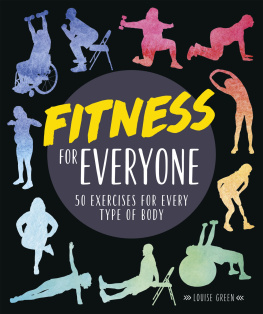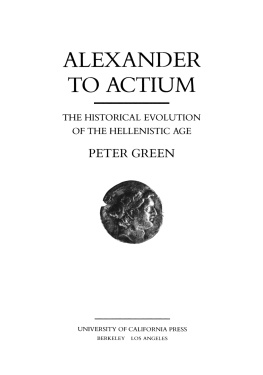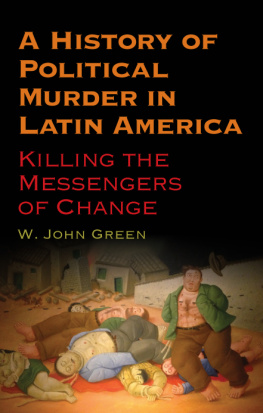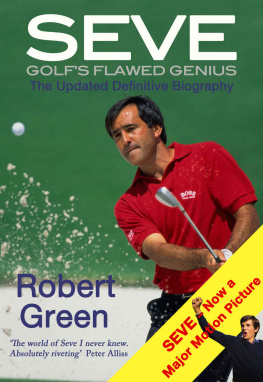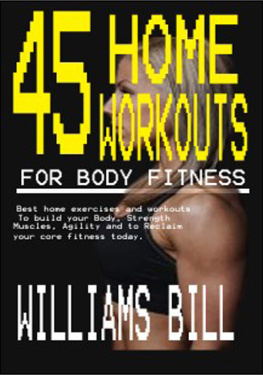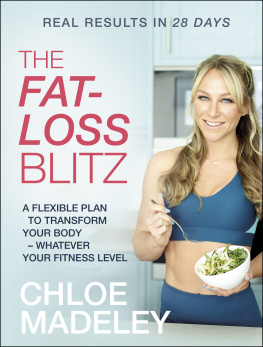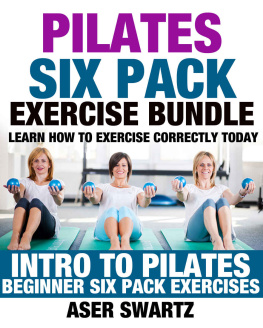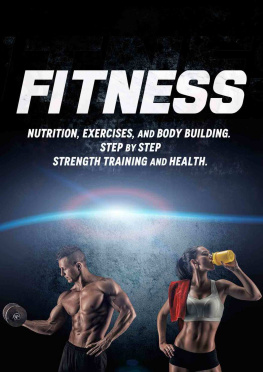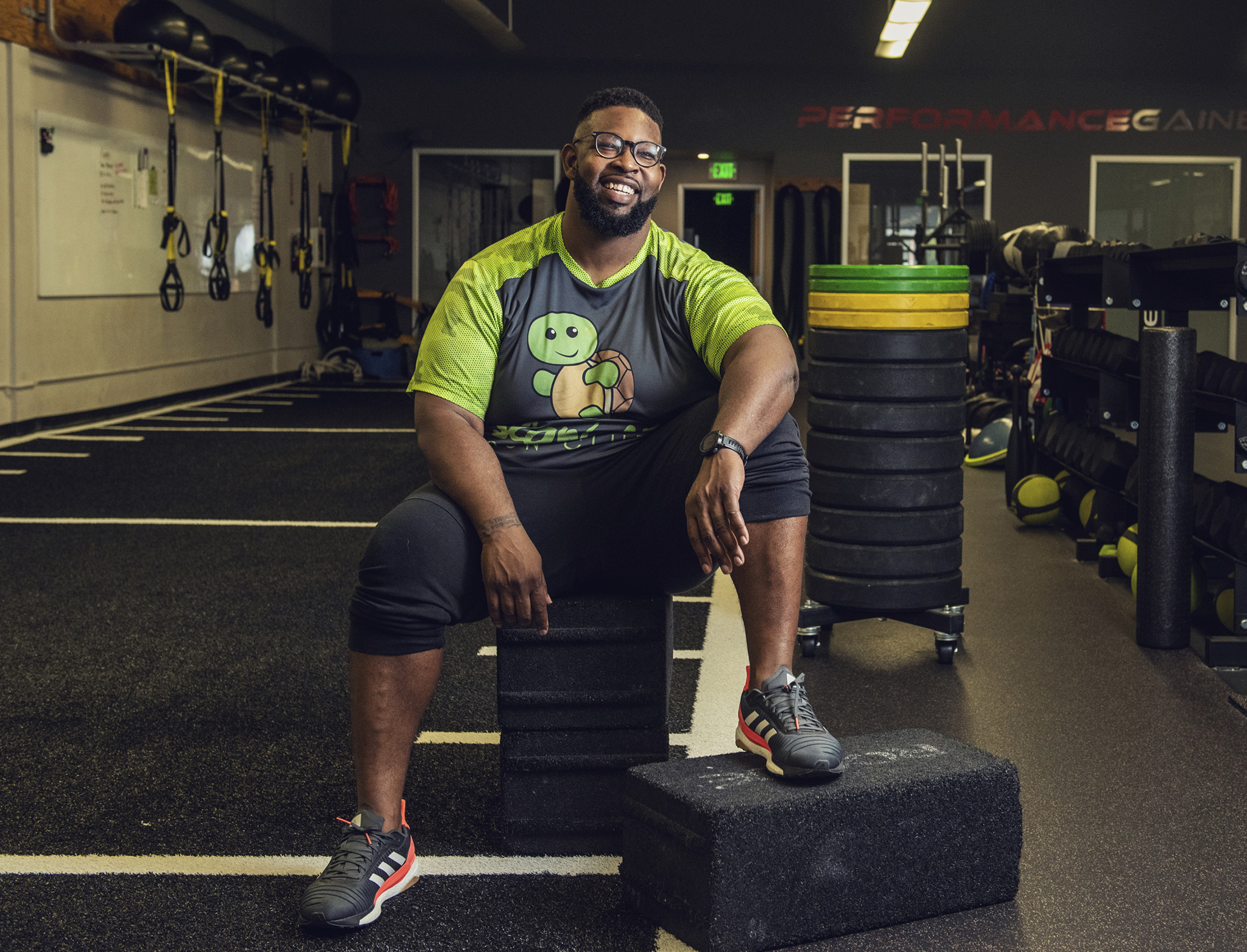Contents
CONTENTS
How to use this eBook
Preferred application settings
For the best reading experience, the following application settings are recommended:
- Orientation: Portrait
- Color theme: White background
- Scrolling view: [OFF]
- Text alignment: Auto-justification [OFF](if the eBook reader has this feature)
- Auto-hyphenation: [OFF](if the eBook reader has this feature)
- Font style: Publisher default setting [ON](if the eBook reader has this feature)
FOREWORD
I remember the first time I stepped into a gym. It was back in 2012, right after my doctor called me fat and told me I was going to die.
Fueled by anger and defiance, I walked into the gym for the first time since I had graduated from my undergrad program in 2009. It was embarrassing and awkward. I didnt know how to use the equipment. I felt like I was in everyones way. On top of that, I wasnt thin, white, or wealthy. It felt like standing under a spotlight right when I wanted to disappear.
That first day, I didnt even work out. I just moved from machine to machine and watched other people get their sweat on. I left feeling ashamed and defeated, thinking theres no way I can do any of this stuff.
I went home and tried to search the web for exercises specifically for people in larger bodies. The results shocked me. All I found were people who didnt look like me demonstrating exercises I knew I couldnt do. I hired a trainer, but they didnt know how to work with a plus-sized client. I decided it was time to teach myself: I fired the trainer and I started reading everything I could find.
The journey was long and difficult. More than once, I felt like a lab rat in a maze as I tested exercise theories and modifications on myself. It paid off. I slowly started to find fitness and confidence, which led me to trying other physical activities. Thats how I discovered my true passion: running. Ive run eight marathons since then, including the four I finished in 2019. I covered every single mile with the full power of my 300-plus-pound body.
Im living, breathing, running proof that fitness isnt one-size-fits-all. It doesnt look like what the media, magazines, and influencers portray it to be. The truth is, fit and healthy looks different on everybody. Fitness belongs to all of us. Its our birthrightthats the beauty of it.
Standing in that gym on Day One of my personal fitness journey, Id have given anything for a book like Fitness for Everyone and a trainer like Louise Green. Shes a masterful trainer and has an intuitive understanding of what folks bodies are capable of.
This book couldnt have come from anyone but herand it couldnt have come at a better time. The health and fitness industry is beginning to shift, but work like this is a much-needed antidote for the diversity and inclusion its still missing.
Each exercise Louise details here has variations for people of all shapes, sizes, body types, and abilities. It gives us all the equal opportunity to receive the benefits of getting our bodies moving, even if we dont look like someone on the cover of a magazine. (Lets be real here: Who actually does?)
I cant express what it means to meand the culture as a wholethat Fitness for Everyone depicts representations of what human beings who exercise actually look like. Thumbing through, youll surely see someone you can identify with. Whether youve been working out for years or youre just getting started, youll find something new, challenging, and exciting.
The best part is that Louises teachings dont require you to change who you are or to wait for when your body is thinner, fitter, or more stronger to get going. Thats a damn gift.
Learning to personalize and modify my fitness routine all those years ago helped me make peace with my body and changed my life. I became more physically fluent. I got stronger mentally and physically.
Fitness for Everyone can help you learn these things and come into your own athletic abilities too. This book will empower you, inspire you, challenge you, and change you. All you have to do is turn the page and start your next chapter.
MARTINUS EVANS
(Instagram: @300poundsandrunning)
YES, YOU CAN EXERCISE!
As a young girl, I was very active. I grew up in the 1970s and 1980s. As kids, most of our free time was spent in the great outdoors using our imagination and channeling it to physical play. In addition to free-play physical activity, I also participated in organized sports. I played on the school teams for basketball, volleyball, and track and field, and on weekends, I played in a soccer league.
Even at a young age, I loved how exercise made me feel: invigorated and alive. It was a place I could lose myself for an hour or two and push myself to my limits. What I know now is that I loved the endorphins and the chemical change in my brain when I exerted my body. Now I see that exercise, even at that young age, made me a happier, more confident kid and fostered a strong foundation for mental and physical health into my teen and adult years.
Through my 20s, I lived through a period of extreme diet culture. As many young women do, I got caught up in the idealistic beauty standards presented in our media message and I wasnt accepting of my body. I used exercise as a tool to achieve my thinness goals and it started to taint my joy for movement.
On yet another quest to lose weight, I decided Id give running a try. I figured that if all the runners on the front of magazines were lean, I could be too. On the first night of my new running clinic, I was terrified but was completely taken aback to learn that my new run leader was a plus-size woman. She was the first plus-size athletic representation Id ever seen.
Her name was Chris and I trained with her for more than 12 weeks to the 5K finish line. She trained me like an athlete, never once mentioning my body size or the limitations I thought I had. Chris profoundly changed my life. I ran that 5K race, then many 10K races, then half-marathons, then transitioned into triathlons. I cycled long-distance events. I stopped dieting and started believing in myself at the size I was and started living my athletic dreams in the body I had. I eventually left my career to pursue fitness full-time to show others that no matter what they think their limitations are, they can still enjoy the power of physical movement.
Maybe your struggle isnt weight, but whatever it is, accepting and adapting to how your body moves is absolutely possible. Meeting Chris made me realize that if one person can impact me so greatly with the power of her representation, then what would the world be like if fitness magazines and health and wellness bookshelves accurately represented the population at large? What if people of all ages, abilities, sizes, and ethnicities were included? What would the impact be if representation was commonplace and normative bodies became all bodies?
I believe representation is the gateway to accessibility and, ultimately, global health and wellness. This book is dedicated to the people who long to see themselves in fitness and who long to be inspired and motivated by a likeness of themselves. Representation shows us whats possible.

